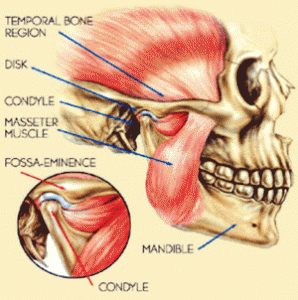O Other Dental Problems
The incidence of macroglossia has been reported as 11-60% in persons with Down Syndrome although the presence of true macroglossia has been questioned by some investigators. There is agreement, however, on the presence of a relative macroglossia due to the small palatal space and hypotonic tongue. Continue reading


